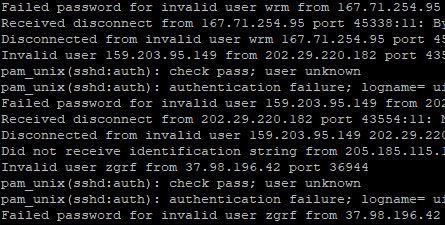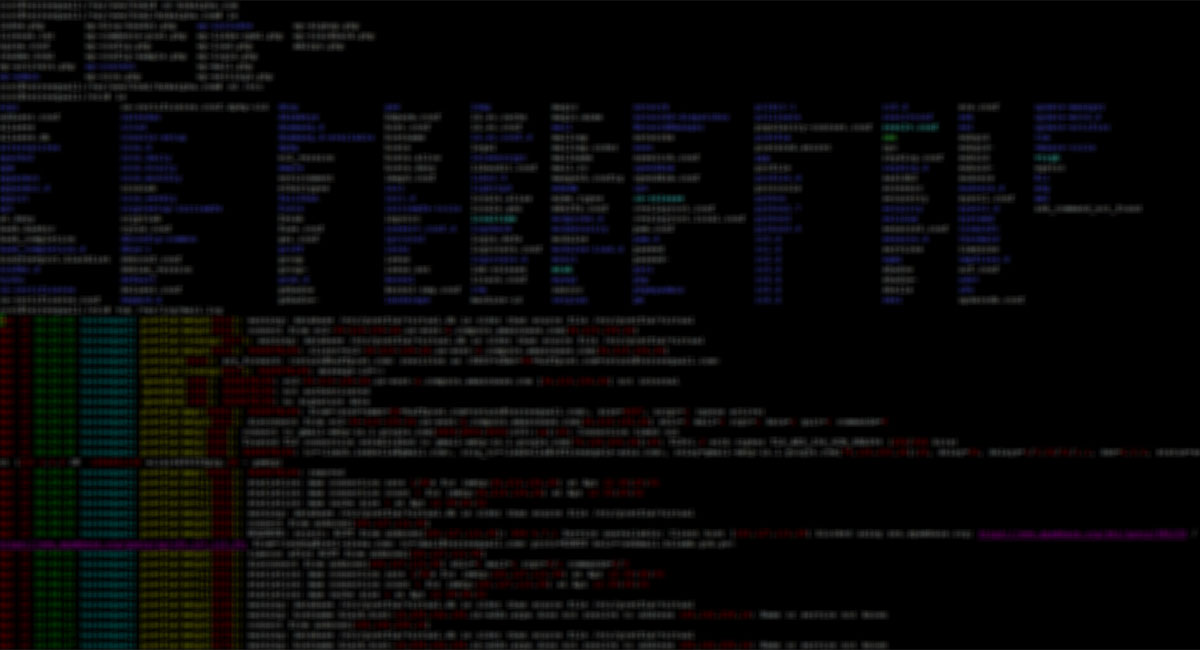Recently, I’ve done some work for a client with an odd issue: the contact forms on their website (let’s call it client-website.com) — which delivered completed form enquiries using PHP’s mail() function — could not send emails through to email addresses containing their own domain.
This means that, if we were to set the form to deliver enquiries to an address like hello@client-website.com, the email would be completely dropped — you would neither find it in the junk or spam folders, nor find any trace of the email in their admin and mail logs. If we delivered the email to our own personal email addresses (e.g. personal@gmail.com), or to emails from another domain (e.g. mail@terresquall.com), then the email would go through (and skip right past the spam folder too).
For weeks, this problem confounded me, until now… and it’s actually a really simple fix.
Continue reading









